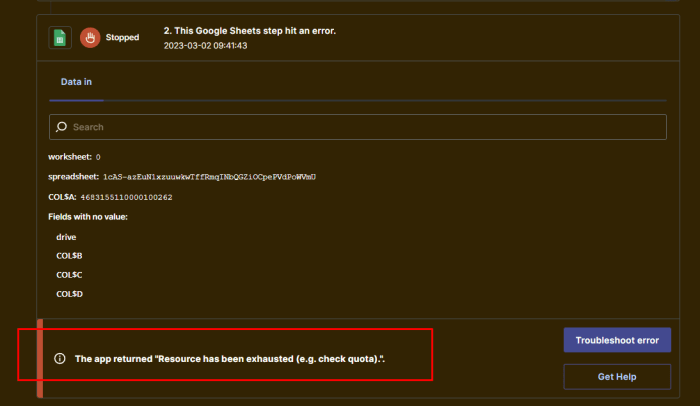Intentional torts against property delve into the fascinating realm of civil wrongs that directly infringe upon an individual’s possessory rights. From trespass to conversion and nuisance, this article unravels the complexities of these legal offenses, providing a comprehensive overview of their elements, defenses, and remedies.
Embark on a journey through the intricate web of property law, where the boundaries of ownership and possession are tested and challenged.
Intentional torts against property encompass a wide range of actions that unlawfully interfere with the possession, use, or enjoyment of another person’s property. Understanding the nuances of these torts is crucial for safeguarding property rights and ensuring fair compensation for any harm caused.
This guide delves into the specific elements that must be established to prove an intentional tort against property, empowering individuals to protect their interests effectively.
Definition and Overview

Intentional torts against property involve the intentional and unjustifiable interference with the ownership, possession, use, or enjoyment of another person’s property. These torts can range from minor acts, such as trespass, to more serious actions, such as destruction of property.
Common Intentional Torts Against Property
Some of the most common intentional torts against property include:
Trespass to land
Entering or remaining on another person’s property without permission.
Trespass to chattels
Interfering with the possession or use of another person’s personal property.
Conversion
Wrongfully taking or exercising control over another person’s property.
Trespass to trees
Cutting down, injuring, or removing trees from another person’s property.
Nuisance
Interfering with the use and enjoyment of another person’s property by creating noise, fumes, or other disturbances.
Elements of Intentional Torts Against Property
To prove an intentional tort against property, the plaintiff must prove the following elements:
- The defendant intentionally interfered with the plaintiff’s property.
- The defendant’s interference was unjustifiable.
- The plaintiff suffered damages as a result of the defendant’s interference.
Trespass to Chattels

Trespass to chattels is an intentional tort that occurs when an individual unlawfully interferes with the possession of another person’s personal property. This interference can take various forms, ranging from physical damage to unauthorized use or deprivation.Trespass to chattels encompasses three primary types:
- Intentional Infliction of Physical Damage:This involves causing physical harm to another person’s property, such as damaging or destroying it.
- Unauthorized Use or Deprivation:This occurs when an individual takes possession of another person’s property without their consent or authorization, or when they prevent the rightful owner from using or accessing their property.
- Conversion:This is the most severe form of trespass to chattels and involves the wrongful taking and exercising of ownership over another person’s property, as if it were their own.
Remedies available for trespass to chattels include compensatory damages to cover the actual losses incurred, punitive damages to deter future misconduct, and injunctive relief to prevent further interference with the property.
Conversion

Conversion is an intentional tort against personal property that involves the exercise of dominion or control over the property in a manner that is inconsistent with the rights of the owner. It is a wrongful act that deprives the owner of their property or its use and enjoyment.
The elements of conversion are:
- Intent: The defendant must have intended to exercise control over the property.
- Unauthorized use: The defendant must have used the property without the owner’s consent.
- Interference with the owner’s rights: The defendant’s use of the property must have interfered with the owner’s right to possess, use, or dispose of the property.
Defenses to Conversion, Intentional torts against property
There are several defenses to conversion, including:
- Consent: The owner consented to the defendant’s use of the property.
- Necessity: The defendant used the property to prevent harm to themselves or others.
- Statute of limitations: The plaintiff’s claim for conversion is barred by the statute of limitations.
Last Word

In conclusion, intentional torts against property constitute a significant area of civil law, addressing the protection of an individual’s possessory rights. Trespass, conversion, and nuisance represent distinct categories of wrongs that can inflict varying degrees of harm upon property. Understanding the elements, defenses, and remedies associated with these torts is essential for both property owners and potential defendants.
By raising awareness of these legal concepts, this guide empowers individuals to safeguard their property interests and seek appropriate legal recourse when necessary.
FAQ Explained: Intentional Torts Against Property
What constitutes an intentional tort against property?
An intentional tort against property occurs when an individual intentionally and without lawful justification interferes with the possession, use, or enjoyment of another person’s property.
What are the common types of intentional torts against property?
Trespass, conversion, and nuisance are the most common types of intentional torts against property.
What are the elements that must be proven to establish an intentional tort against property?
To establish an intentional tort against property, the plaintiff must prove that the defendant intentionally interfered with their property, causing harm or damages.